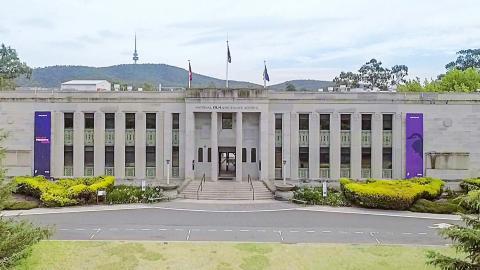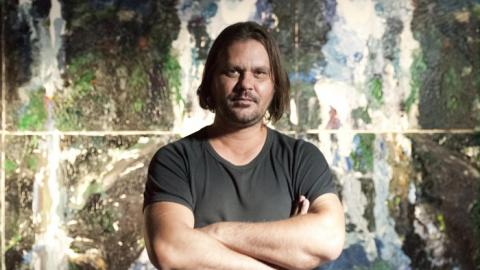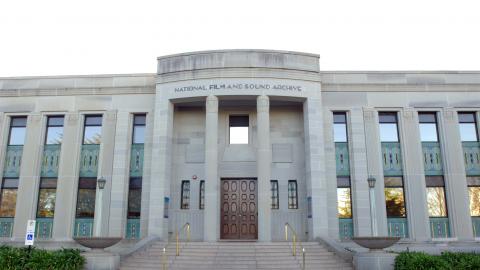
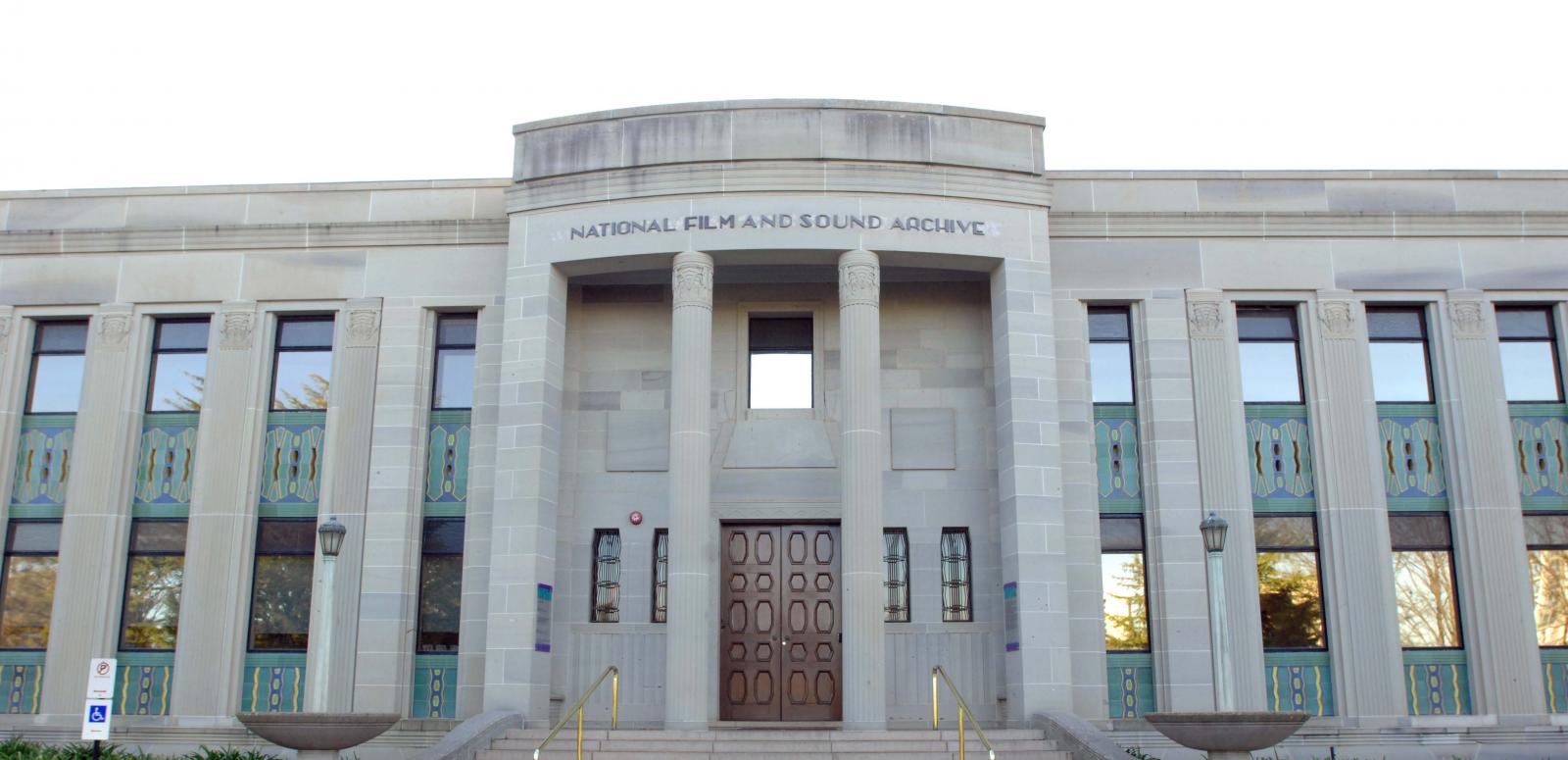
The building
The building
NFSA Building Heritage Management Plan
In June 2004, the NFSA site at Acton (the former Institute of Anatomy building) was entered into the Commonwealth heritage list, comprising natural and cultural heritage places owned or controlled by the Australian Government.
The NFSA has a heritage management plan for the long-term protection and conservation of the site that fulfils the requirements of the Environmental Protection and Biodiversity Conservation Act 1999.
Download: NFSA Heritage Management Plan: 2021 to 2026
Building History
Historical evidence indicates that the Molonglo River Flats, Black Mountain and its spur, now known as the Acton Peninsula, were areas that the Aboriginal people of the region used as meeting places.
In 1930 the construction of the Australian Institute of Anatomy was completed on this site. This was one of the last major projects of the Federal Capital Commission and it was built to house the anatomy collection of Professor Sir Colin MacKenzie. The site was formally gazetted in 1924 as the National Museum of Australian Zoology, and architectural plans show that zoological gardens were intended for the grounds.
The NFSA moved into the building when the collection moved from the National Library of Australia and the National Archives of Australia. The building was formally opened by Prime Minister Bob Hawke on 3 October 1984. Later, Mr Hawke’s then wife, Mrs Hazel Hawke, officially opened the remodelled courtyard gardens on 30 September 1991.
ACT National Trust Heritage Awards
On 10 September 2024, the NFSA won the Architecture and Building Conservation category in the ACT National Trust Heritage Awards.
The awards recognised Stage One of our comprehensive Acton 3.0 strategy, encompassing the refreshment and renewal of our ground floor spaces, specifically the Foyer, the Mediatheque and the Library.
Our placemaking strategy was developed with multiple partners and carried out by a committed team of designers and contractors. We look forward to visitors experiencing our venue in new and enriched ways.
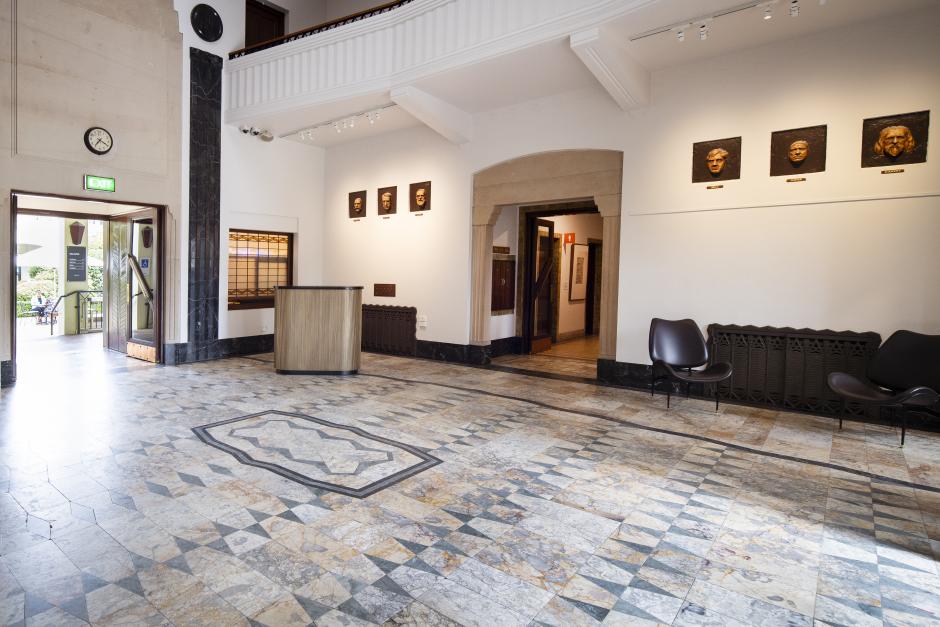
The National Film and Sound Archive of Australia acknowledges Australia’s Aboriginal and Torres Strait Islander peoples as the Traditional Custodians of the land on which we work and live and gives respect to their Elders both past and present.
